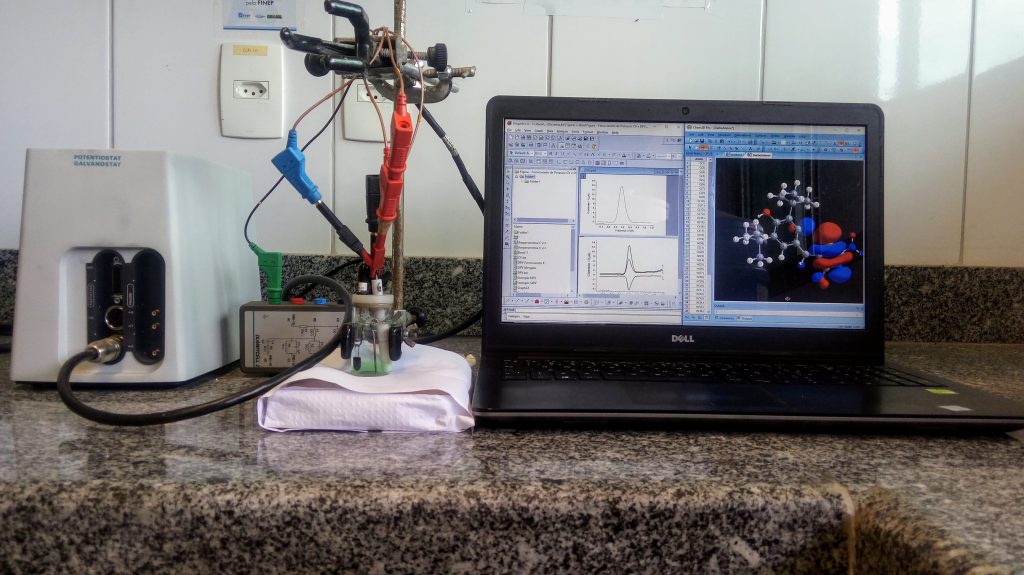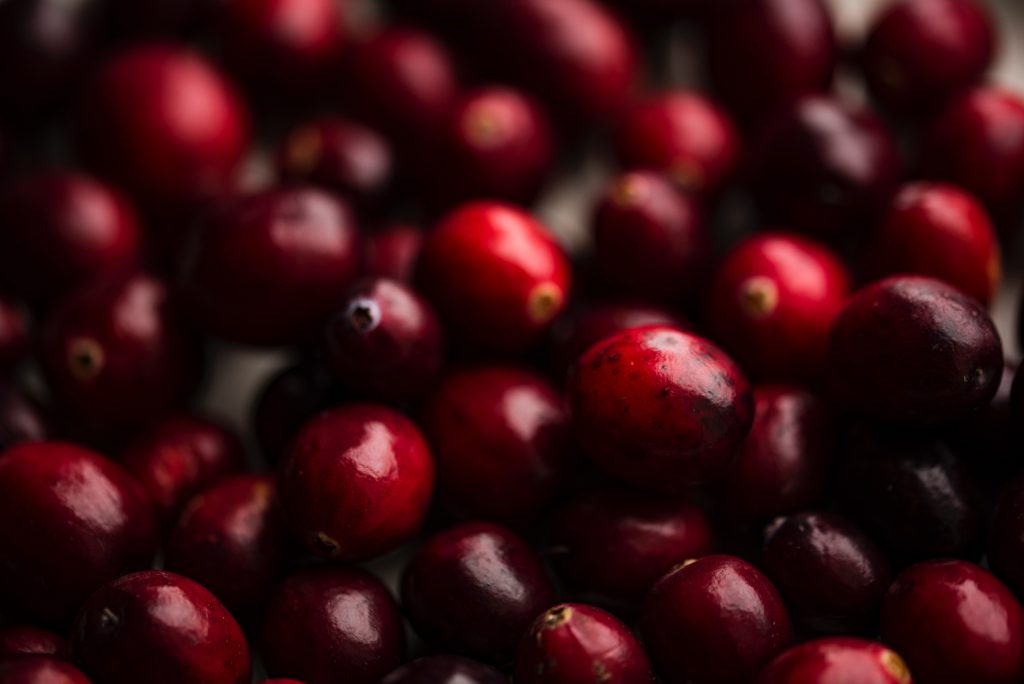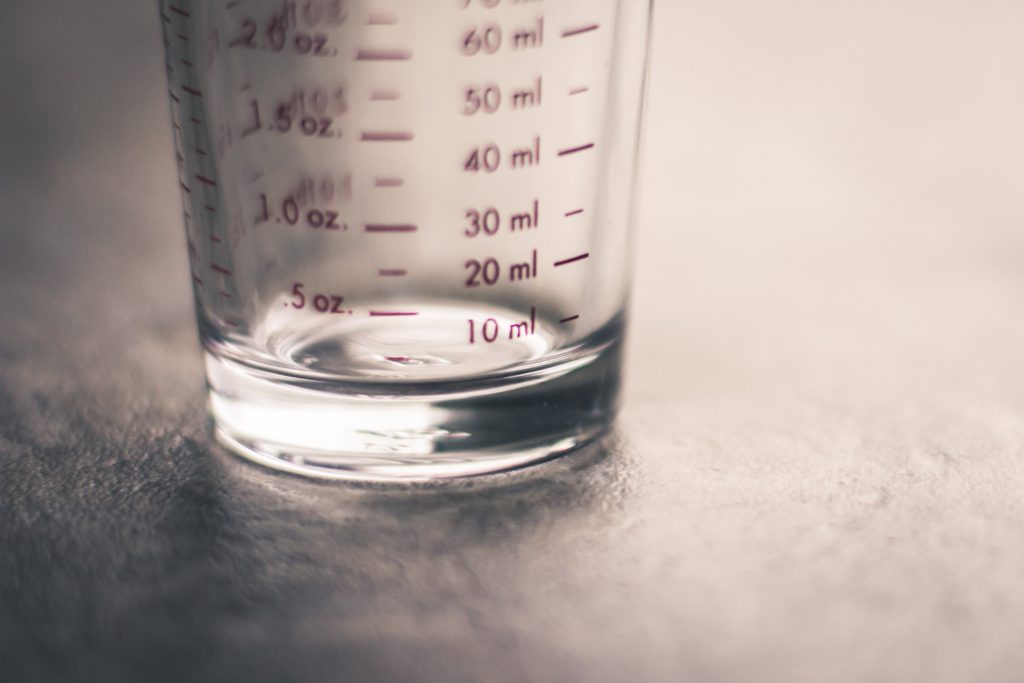Food for thought: A chemist’s approach to quality control
Isaac Yves, a PhD student in Brazil, is investigating methods for low-cost identification and characterisation of chemical compounds. His research is finding easier, faster and cheaper methods of quality control.
By Elizabeth Thomsen

If you have a pair of tweezers, everything can look like a splinter. But sometimes, tweezers aren’t the best tool for a job. Researchers in Brazil are looking to replace the precision of tweezers with the ease of a pair of pliers for problems where high precision is wasted.
Isaac Yves is a PhD student in the Laboratory of Pharmaceutical and Environmental Analysis at the Universidade Federal de Goiás in Brazil. He is investigating methods for low-cost identification and characterisation of chemical compounds. Traditionally, scientists have used liquid chromatography as the gold standard for quality control applications, but Isaac is using much simpler electrochemistry techniques. Isaac says, “liquid chromatography gives good results because it has good sensitivity. But it is very expensive to buy the equipment, and it is easy to damage it.”
In comparison, electrochemistry can be done in a beaker with just a few millilitres of solution. It is fast, cheap, and easy to perform. While it doesn’t give the precision of liquid chromatography, often the high precision is not necessary.
“Isaac looks to ‘see if what they’re selling is really true.”

From antioxidants to anti inflammatories
Isaac has used his electrochemistry techniques on a wide range of applications: everything from food to medicine. Isaac looks to “see if what they’re selling is really true.” He has investigated dried red fruits famed for their antioxidant related health benefits. These dried fruits are often bought for their health benefits, so it is important to measure if the drying process preserves their properties. Isaac found that using electrochemistry was a cheap and practical method for antioxidant quantification, and agreed well with alternative, more expensive techniques. The technique was able to identify which plant the fruit was from (which may be useful for identifying medicinal plants), showed that the antioxidant properties were at least partly retained during the drying process, and may be applied to other food sources rich in antioxidant agents.
He has also tested the technique on anti inflammatory medicines and anthelmintic agents, which are widely used to treat parasitic diseases. Together with fellow researchers Isaac has developed methods for identifying and quantifying the materials in these drugs using low-cost, simple processes. These techniques can help make the analysis of these medications cheaper and more accessible.

From food to computers
Isaac is also investigating how computer modelling can help electrochemistry research. He is investigating two methods: density functional theory and machine learning. In density functional theory the electronic structure of chemicals is investigated using quantum mechanical techniques. What this means is that the researchers can design different chemicals and investigate their properties and reactions using a computer model. Chemists are often not quite sure what is happening in an experiment. By looking at both experimental and computational data, Isaac says they “can say exactly what’s happening”.
In machine learning the researchers use experimental data to feed the computer. The computer model can learn to identify, classify, and quantify compounds from the data. Isaac and his colleagues are currently collecting more experimental data to enhance the computer database. This research will enable easier and cheaper quality control, particularly for pharmaceuticals, but potentially for water and food evaluation.
Isaac is keen to work with other medicinal chemists and researchers interested in computational chemistry. He hopes they “can help each other” to develop more accessible and low-cost solutions for quality control applications.

